Goaty Celebrations
Last weekend we spent a wonderful day at the Weald & Downland Museum in Singleton, who were hosting their annual Rare & Traditional Breeds show to celebrate the nation’s most rare and beautiful breeds of livestock. This year we decided to enter one of our English goats called Sorrel, a year-old goatling who is both pretty and mischievous.We spent the morning watching an array of colourful animals strut around the show rings, including sheep, cows, pigs and pygmy goats. When it came to our turn, Sorrel behaved better than ever and impressed the judge so much that we won third place! We came home with a lovely green rosette and lots of goaty pride.Looking after our rare and traditional breeds is important to us at Butser, as anyone who has seen our four-horned Manx Loaghtans will know. They are an Iron Age breed dating back thousands of years, and have beautiful wool that is reflected in their name ‘Loaghtan’, meaning mousey-brown in Manx.One of our close friends Janet Brown is a goat breeder and regularly helps us with our own goat herd when we need expert advice. She won Best of Breed for her English goat, a breed of which there are only a handful in the UK. The English Goat Breeders’ Association was formed in the 1920s and is dedicated to the preservation of this special breed. Please have a look at their website here, as well as the Rare Breeds Survival Trust here.








